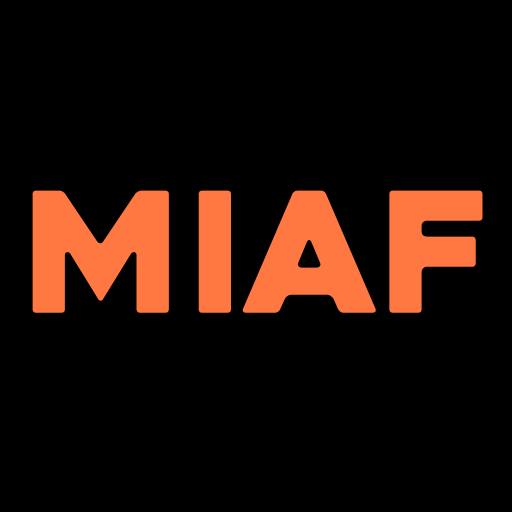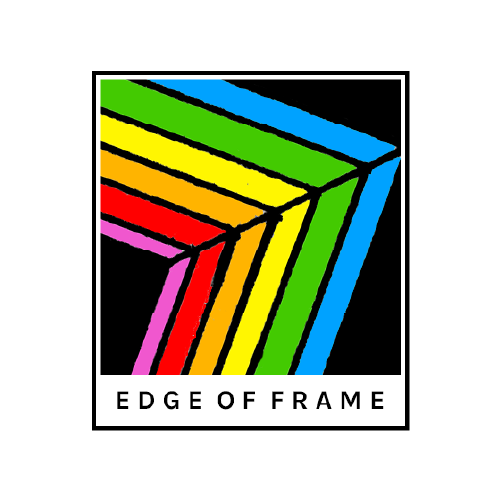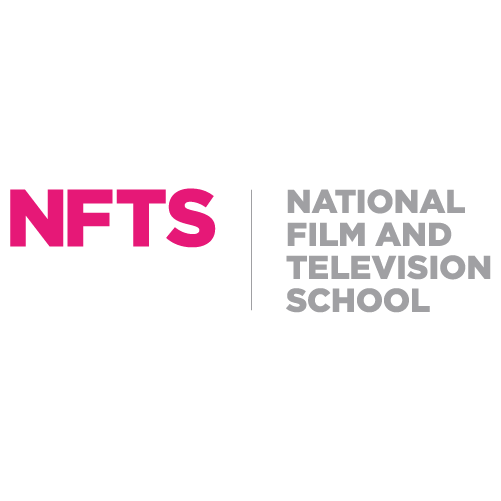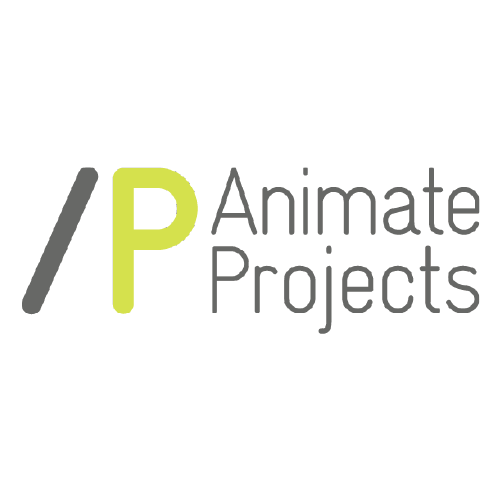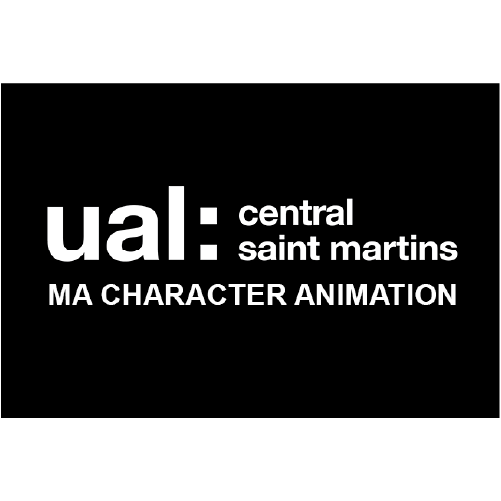International Competition Programme 8: Animated Documentaries screens at Barbican book tickets
Animated documentaries, of course, have been around more or less since the dawn of cinema and animation itself. Winsor McCay’s 1914 classic The Sinking Of The Lusitania not only recreated a vividly, instantly accessible depiction of what amounted to a war crime, it helped change the opinion of an entire nation about taking part in the first World War.
The boundless flexibility of animation as a medium for crafting visual documentary lends itself to expanding the already porous borders of what documentary is ‘supposed’ to be. Norman McLaren’s 1952 film Neighbours won him an Oscar not for ‘Best Animated Short’ but for Best Documentary (Short Subject). This was despite the fact the film clearly did not depict any ‘real’ events nor tell the story of any ‘real’ or named people.
There are some interesting fellow-travellers on this windy road. The ‘New Journalism’ of the 1960s and 1970s comes to mind. At its glorious peak, writers such as Hunter S. Thompson, Tom Wolfe, Joan Didion and Jimmy Breslin crashed about through the shaky flora of the emerging American counter-culture looking for stories to bring back to an often incredulous, near oblivious audience.
To create these crackling pillars of reportage, often the authors had to make things up, fill in gaps or compress the viscera of many character’s souls into a single avatar. Did this make their work less real? Less accurate? Less valid? Moot points, all – the jury returned a long, long time ago.
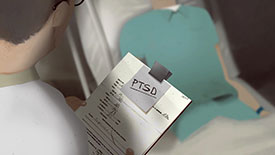
This year, LIAF’s Animated Documentaries programme has attracted multiple strikes of emotional lightning with a range of films that focus on people who have experienced often difficult change and the unexpected realignment of their private, inner selves.
In so many ways these films are stories for our age. Never before have we been so willing to understand the reality of conditions such as post-traumatic-stress-disorder (PTSD) and depression or the very real effects of bullying and social isolation.
Animation is the artistic cavalry for people determined to makes these voices heard, these visions seen and these emotions brought from the invisibility of the ‘felt’ to a plane that can shared by any with the right set of eyes to take them in.
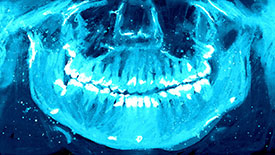
This is exactly the heavy lifting that a number of films in this programme take upon themselves. A Pistol At My Head (Luca Schenato, Sinem Vardarli & Laurie Harris), Blue Light (Harriet Croucher) and The Unforgiven Moment (Laurie Harris and Salvador Maldonado) beam in a kind of illuminating beauty that settles on the humanity of each of the people without diminishing the details of what brought them to the point in which they recognised they suffered from PTSD.
As a society, we ask a lot of some people. And we can be a bit economical with the truth about what they might face and how much help and understanding will be offered when the shutters start coming down on them. A lack of understanding may explain the former, but a lack of societal empathy sits at the heart of the latter. The animation brings a dimension to the film that magnifies the potency of the words deployed to try and describe what each character in these films is going through. In doing so, the animation breaks through the coating that encrusts many of these people’s stories and otherwise slows that journey for empathetic understanding.
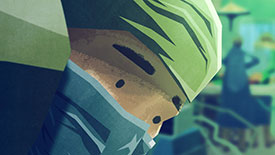
Animation is an oft-used tool for recreating a past event at which there was no other recording device other than the memories of those who lived through them. These oral histories often gather the increasing potency of sorrow, anger or anguish that expand out from the central marrow of the story as time goes by and the injustices felt by an ever-widening circle of people who have the blood of its victims flowing through their own veins.
In My Yiddish Papi we see Canadian animator Eleonore Goldberg fulfilling a promise to her Grandfather to ‘draw’ his story. Lucky to escape the round-up of Jews in occupied Paris, Goldberg’s ‘Papi’ is a man Goldberg sometimes struggles to understand and who possesses a story she finds difficult to fully internalise, such is the dimension of its horror. Drawing and animation are Goldberg’s pathways through these barriers. Sumptuously painted and drawn, visually charting the path of her Papi’s journey from hunted young man to humbled, quiet Grandfather, the animation inserts layers that words and pictures would struggle to portray. The terror of the knock on the door, the nonchalance of the collaborative gendarmerie, the life-long silent cry of “why us” resonant in the centre of bowed eyes are all tattooed into the psyche of this film and speak with a volume that cannot be turned down with any switch.
A happier channel of history is navigated in the long awaited new film from Marie-Josee Saint-Pierre, simply titled Oscar. This one has been on the drawing board for a while and has us take a little time out from our busy days to visit jazz legend Oscar Peterson. Unquestionably one of the greatest jazz pianists and composers who ever lived, Peterson’s music has been a favourite inspiration of abstract animators for decades.
Saint-Pierre recreates in stunning clarity and definition a Montreal of an earlier age; an era of almost vainglorious elegance and fine jazz session. The film is a perfect embroidery of ‘reactivated’ photographs, real live footage of Peterson talking and performing and Saint-Pierre’s distinctive, bold drawn animation. With only 12 minutes of screen time – much of which is used to create the time capsule we are being invited into – Oscar winds up focusing more on one particular stream of Petersen’s life-story. That, however, is a narrative framework upon which hangs a less constrained record of a legend, his art, the times in which he lived and the greatest gifts he shared with those lucky enough to have seen him perform.
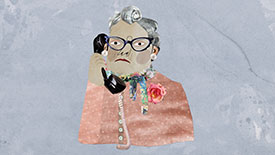
And we can’t close here without mentioning that Chris Shepherd – whom we tend to think of as an honorary LIAF crew member – is at it again. Parking the gritty brutality of his last film (Johnno’s Dead), Shepherd has rolled out a laconic tale about a maddeningly trenchant, lucidly volcanic old biddy called Edna Welthorpe who was, in fact, the alter-ego of playwright and author Joe Orton. Originally invented as a snobby theatre critic to allow Orton to anonymously puncture the pretensions of mainstream critics, in Shepherd’s film Yours Faithfully, Edna Welthorpe (Mrs) we meet her during an especially prolific phase of her second career, that of scourge of the Complaints Department.
It’s classic Orton, a well-stirred mix of bullshit and letters masquerading as a form of twisted literature. Shepherd has the perfect instincts to bring this to light and in doing so probably channels elements of the same caustic relish that Orton brought to the gig originally.
Ah yes, we live in a world of boundless stories.
Malcolm Turner, MIAF Director and LIAF Co-Director




